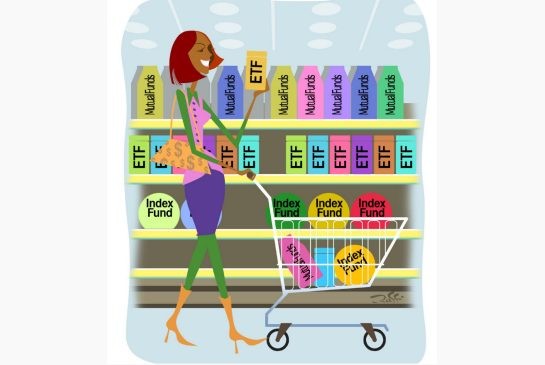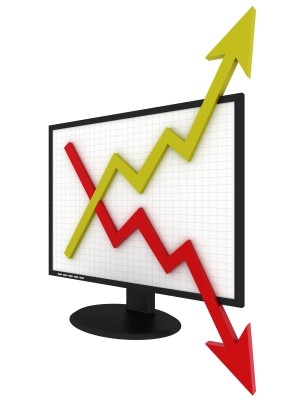ETF Portfolio Management Made Easy
Post on: 7 Июль, 2015 No Comment

So you fired your mutual fund manager and bought a bunch of ETFs. Now what? Who will be doing your ETF portfolio management?
Nobody is a truly dangerous answer. You already know that putting all of your assets into one or two common stocks is a crazy risk to take. By the same token, owning just one asset class — or even two, say, just stocks and bonds — is a risk as well. Thats why ETF portfolio management is the key to growth and stability for your retirement savings.
This will become a bigger question for savers over time. Just taking the step toward passive investing is a good decision, in our view. Famous investors, including Warren Buffett and David Swensen, the chief investment officer at the Yale University endowment, have flatly made the case that nearly everyone should invest this way.
Now HSBC, the global bank, is forecasting that up to 80% of investors equities assets will end up in passive strategies, according to a report from CNBC :
Over the past 10 years, investors have pulled out a third of total assets under management, or $543 billion, from actively run equity funds globally and poured $660 billion into passive ones that dont require managers to pick stocks, but instead track a benchmark index, HSBC said, citing data from EPFR, a Boston-based firm that tracks fund flows.
The assets under management (AUM) of exchange-traded funds climbed more than 14 times over the same period, from 2002 to 2012, to $1.5 trillion from $105 billion, according to data from BlackRock.
Great news! But, we would argue, ETF portfolio management is the missing piece.
Investors, unfortunately, love easy answers. Frustrated by stocks, they poured into mutual funds. Worn down by fees and underperformance from mutual funds, they are poised to turn the financial industry upside by moving in droves into passive funds.
But retail investors will need more than just a simple 60/40 mix of stocks and bonds. They will need ETF portfolio management. And Wall Street, without fail, will find a way to charge for it.
The brokers wouldnt be wrong to try. Investing can be mystifying, even if you opt for a passive strategy. Often, people are afraid of asset classes they feel they dont understand or perceive to be volatile. Commodities sounds high-risk to the ordinary investor. Same with foreign and emerging market stocks. Why not just buy blue chips?
One of the problems of investing is the unknowns — unexpected bouts of inflation, short-term market panic, rapid changes in economic assumptions. ETF portfolio management is all about reducing those risks.
Investing in passive funds is supposed to dampen the risk of having too much money in a single company. But owning 100% of your portfolio in, say, just the S&P 500 means you now have all of your money in just one asset class — stocks.

As time passes, you will find your mental ability to withstand the rise and fall of stocks will change. Inflation will set in, eroding purchasing power. As you begin to see the effects of market movements against a concentrated position, the urge to cash out can overwhelm common sense.
ETF portfolio management for life
ETF portfolio management resolves this problem. It puts you into reasonable allocations for long-term growth — U.S. stocks and bonds, but also commodities, foreign stocks, real estate and other asset classes. These are the same tools that wealthy investors, pension funds and universities use to defend and grow institutional portfolios.
A good financial advisor can do this work for you. He or she also can provide you with solid advice on tax-deferred savings and income in retirement. But ETF portfolio management isnt necessarily the most complicated part of the problem.
You can get great ETF portfolio management from inexpensive software, for instance. and rely on your advisor for the value-added advice you need down the line, such as tax planning.














